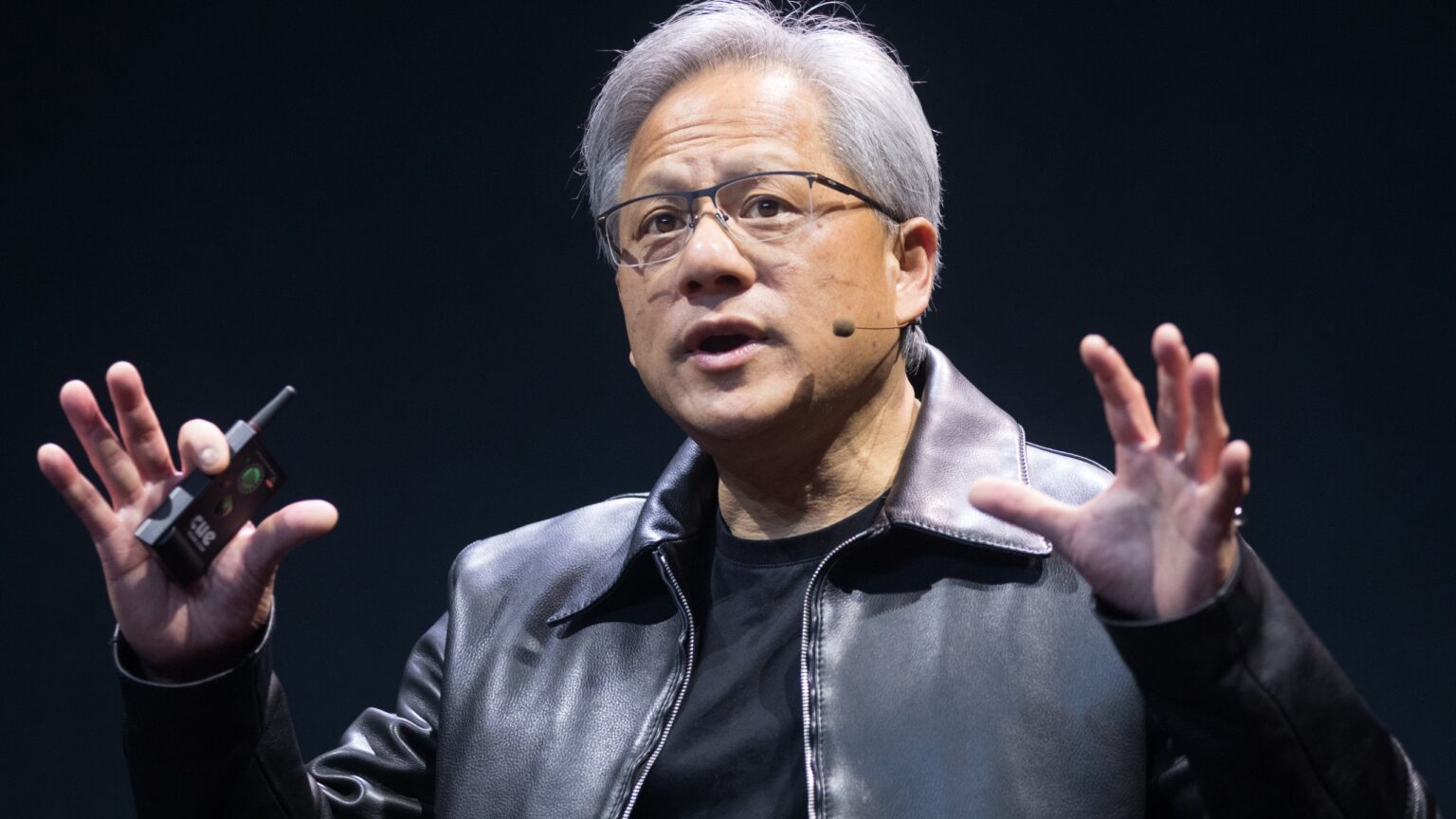Nvidia has just unveiled higher performing superchips – Blackwell B200 Graphics processing units (GPUs), to power AI developments and match the fast evolving AI landscape.
Made of 208 billion transistors, the Blackwell superchips will be four times faster and 25 times energy efficient, at a time the technology has been criticized for its high energy consumption as compared to “more conventional computing.”
Answering to the inevitable
The GPU is named after mathematician David Blackwell, who became the first black scholar to be inducted into the National Academy of Sciences.
The new superchip helps consolidate Nvidia’s dominance in the sector. Its CEO Jensen Huang highlighted on Monday at a developers conference in California the need for preparedness for the inevitable fast evolving AI sector.
He said the rate at which the sector is growing is “insane.”
“We need bigger GPUs. So, ladies and gentlemen, I would like to introduce you to a very, very big GPU,” he said referring to the graphics processors vital in generative AI.
At the conference Huang showed off the Blackwell B200 GPUs with 208 billion transistors, compared to the earlier generation Hopper chips with 80 billion transistors.
According to New Scientist, Huang also unveiled GB200 Grace Blackwell Superchip that combines two of the B200 chips.
“Blackwell is just going to be an amazing system for generative AI,” he said.
“And in the future, data centers are going to be thought of as AI factories.”
Also read: ‘AI Washing’: SEC Fines Investment Firms For Lying About Their Use of AI
Staying ahead of competition
The latest development sets Nvidia ahead of its competitors in the sector. Nvidia currently commands 80% market share.
Its chips are essential in the creation of generative AI, while its rivals like AMD and Intel are trailing behind, and yet to match the efficiency of Nvidia’s H100, which was launched in 2022.
Other tech firms like Microsoft, Apple and Amazon have made attempts at making chips “with AI in mind but for now are stuck trying to get their hands on Nvidia’s coveted products to deliver on their own promises.”
Bob O’Donnell from Technalysis Research who was also at the developers conference following Huang’s presentation said that “the buzz was in the air.”
“I haven’t seen something like this in the tech industry in quite some time,” he told BBC.
“In fact, some people were making analogies to the early days of Steve Jobs types of presentations.”
So far, Nvidia’s shares have jumped 240% year-on-year and its total market value hit $2 trillion last month.
Nvidia has highlighted its big customers like Amazon, Microsoft, Google, and OpenAI have already expressed interest in the new products for their own AI offerings.
Although the company has not set a definite price yet, the Blackwell products will be available this year.
Energy efficiency
Despite its transformative abilities, generative AI has its downside especially on high energy consumption and it also takes a lot of water to cool off servers at data centers. But Nvidia has defended its latest offering.
The company said while models like OpenAI’s ChatGPT-4 will need about 8,000 Hopper GPUs and 15 megawatts of power to complete 90 days of training, the same model can be trained using 2,000 Blackwell GPUs with an energy consumption of 4 megawatts.
In countries like Japan, demand for electricity is projected to double by 2026 in line with data center expansions. This trend is expected world over as generative AI continues to grow.
This will also come with an increase in greenhouse emissions costs “if the data centers supporting AI continue to rely on fossil fuel plants.”
Project Gr00t
Nvidia has also announced other AI developments, including a platform for training humanoid robots.
This is dubbed Project Gr00t, named after Groot – a character in Guardians of the Galaxy movie. According to the company, these will be designed to understand humans, and imitate their movements learning how to interact with the world.
Nvidia added the models “will enable a robot to learn from a handful of human demonstrations so it can help with everyday tasks and emulate human movement just by observing us.”









 and then
and then